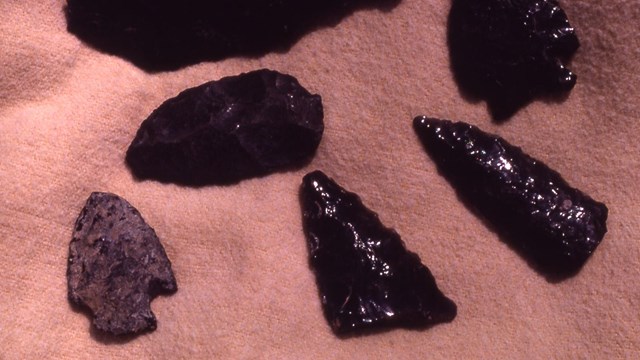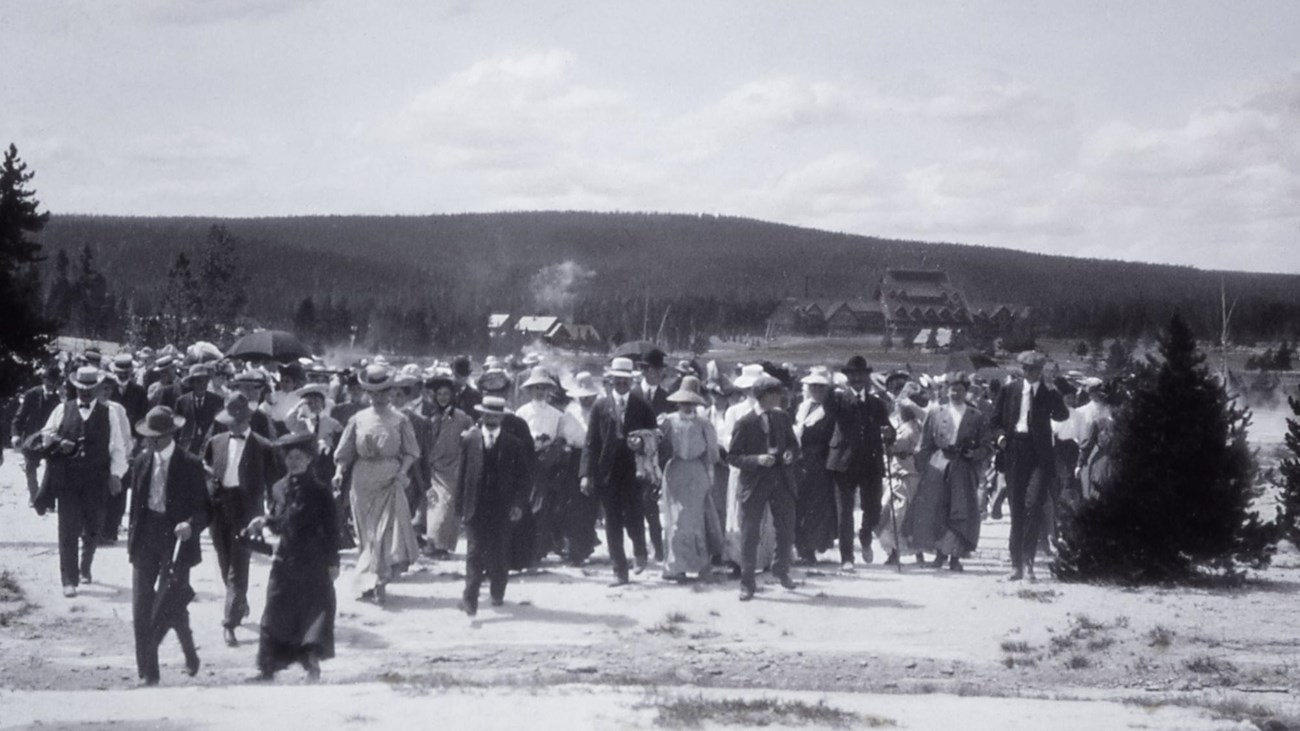
NPS Cultural landscapes are settings that human beings have created in the natural world. They are geographic areas that have been shaped by human manipulation of natural and cultural resources and are associated with historic events, people, or activities in the park. They reflect significance of the historic setting and recognize the influence of human beliefs and actions over time on the natural landscape. A cultural landscape is an indicator of cultural patterns, values, and heritage through the way the land is organized and divided, patterns of settlement, land use, circulation, and the types of structures that are built and their placement in the landscape. Yellowstone National Park contains an array of landscapes that reflect the park’s history, development patterns, and a changing relationship between people and the unique Yellowstone environment. In Yellowstone, these landscapes are often a physical record of the early and ongoing efforts to balance resource preservation and facility development for public enjoyment. They include sites such as Artist Point and Apollinaris Spring and the landscape features and patterns that contribute to the character of the Roosevelt Lodge Historic District. They also include areas significant to Native American cultures, such as Obsidian Cliff and sacred sites. Yellowstone’s cultural landscapes are being inventoried to identify landscapes eligible for the National Register and to ensure new undertakings are compatible with them. Source: NPS DataStore Collection 7827 (results presented are a subset). To search for additional information, visit the NPS DataStore. 
Archeology
Archeological resources are the primary and often only source about humans in Yellowstone. 
Native American Affairs
Many tribes have a traditional connection to the land and resources of Yellowstone. 
Preserving Cultural Resources
Learn how Yellowstone National Park works to preserve and interpret the human history of the region. |
Last updated: April 18, 2025
